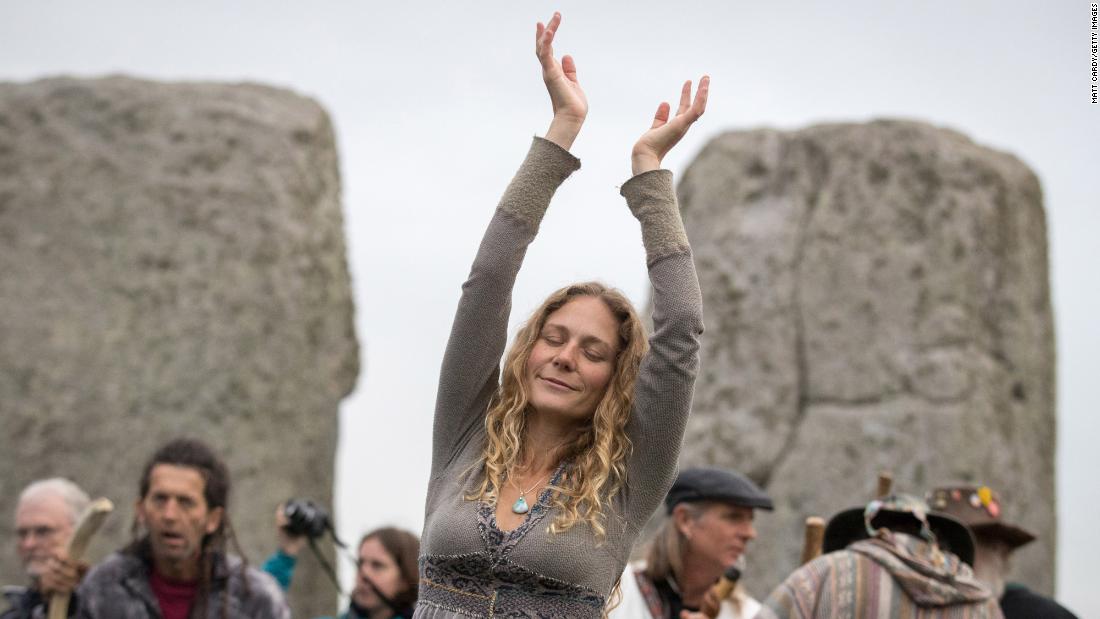(CNN) — Twice a year, the sun doesn’t play favorites. Everyone on Earth is seemingly on equal status — at least when it comes to the amount of light and dark they get.
Your location on the globe also determines whether you mark the day this year on Thursday, September 22, or Friday, September 23. People in the Americas will celebrate it on Thursday; time zone differences mean people in Africa, Europe and Asia will mark it on their Friday.
People really close to the equator have roughly 12-hour days and 12-hour nights all year long, so they won’t really notice a thing. But hardy folks close to the poles, in places such as Alaska and the northern parts of Canada and Scandinavia, go through wild swings in the day/night ratio each year. They have long, dark winters and then have summers where night barely intrudes.
But during equinoxes, everyone from pole to pole gets to enjoy a 12-hour split of day and night. Well, there’s just one rub — it isn’t as perfectly “equal” as you may have thought.
There’s a good explanation (SCIENCE!) for why you don’t get precisely 12 hours of daylight on the equinox. More on that farther down.
But first, here are the answers to your other burning equinox questions:
Where does the word ‘equinox’ come from?
Precisely when does the fall equinox happen?

The setting sun is seen looking west on Randolph Street in Chicago just days before the autumnal equinox in 2019.
Terrence Antonio James/Chicago Tribune/Getty Images
For people in places such as Toronto and Washington, DC, that’s 9:03 p.m. local time. It comes at 8:03 p.m in Mexico City and Chicago. Out West in San Diego and Vancouver, that means it arrives at 6:03 p.m.
But go in the other direction across the Atlantic Ocean, and the time change puts you into Friday. For residents of Madrid, Berlin and Cairo, it comes at 3:03 a.m. Friday. Going farther east, Dubai marks the exact event at 5:03 a.m.
Is the autumn equinox the official first day of fall?
Yes. Fall officially begins on the autumn equinox.
Allison Chinchar, CNN meteorologist, explains the differences:
“Astronomical fall is essentially the time period from the autumnal equinox up to the winter solstice. Those dates can vary by a day or two each year,” she says.
“Meteorological fall is different … in that the dates never change and are based on climatological seasons rather than Earth’s angle relative to the sun. These are perhaps the seasons that more people are familiar with,” Chinchar says.
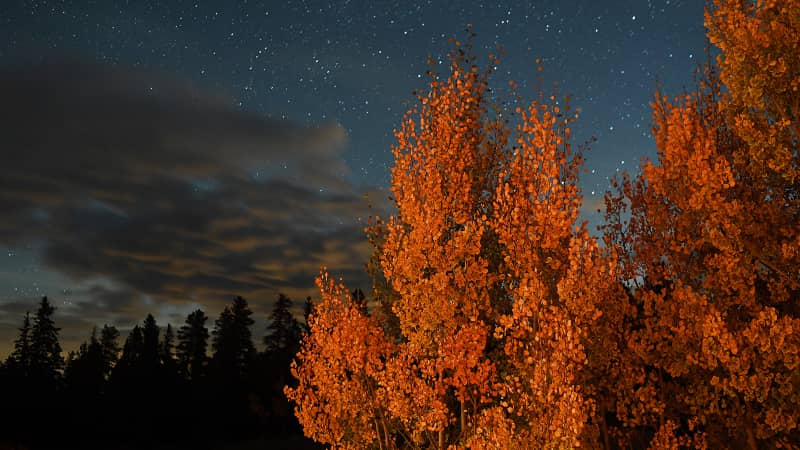
Fall foliage can come early in high-elevation places such as Kenosha Pass, Colorado. This photo was taken on September 19, 2016, at night with a long exposure, lit by moonlight and passing car headlights.
RJ Sangosti/Denver Post/Getty Images
Meteorological seasons are defined as the following: March 1 to May 31 is spring; June 1 to August 31 is summer; September 1 to November 30 is autumn; and December 1 to February 28 is winter.
“This makes some dates tricky,” Chinchar says. “For example, December 10, most people would consider winter, but if you are using the astronomical calendar, technically that is still considered autumn because it is before the winter solstice.”
She said that “meteorologists and climatologists prefer to use the ‘meteorological calendar’ because not only do the dates not change — making it easy to remember — but also because it falls in line more with what people think traditional seasons are.”
Why does fall equinox happen in the first place?
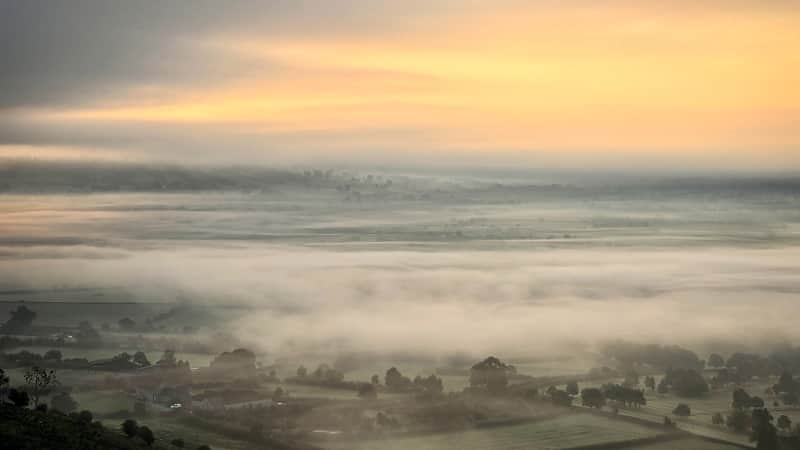
The rising sun tries to break through the mist near the town of Glastonbury in southwest England on fall equinox 2021.
Matt Cardy/Getty Images
The Earth rotates along an imaginary line that runs from North Pole to South Pole. It’s called the axis, and this rotation is what gives us day and night.
The effect is at its maximum in late June and late December. Those are the solstices, and they have the most extreme differences between day and night, especially near the poles. (That’s why it stays light for so long each day during the summer in places such as Scandinavia and Alaska.)
But since the summer solstice three months ago in June, you’ve noticed that our days have been progressively becoming shorter in the Northern Hemisphere and the nights longer. And now here we are at the fall equinox!
What did our ancestors know about all this?
Here are just a few of the sites associated with the equinox and the annual passage of the sun:
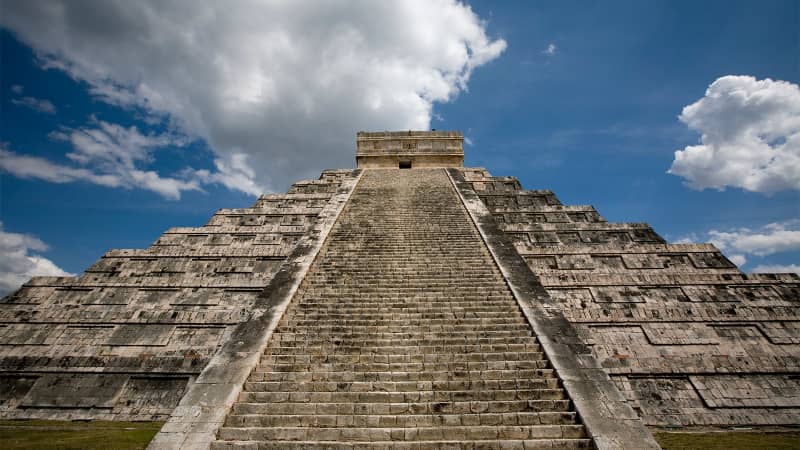
Mexico’s Chichen Itza is hallowed ground during the spring and fall equinoxes.
Getty Images/zxvisua
What are some festivals, myths and rituals still with us?
All around the world, the fall equinox has weaved its way into our cultures and traditions.
Great Britain’s beloved harvest festivals have their roots in fall equinox since pagan times.
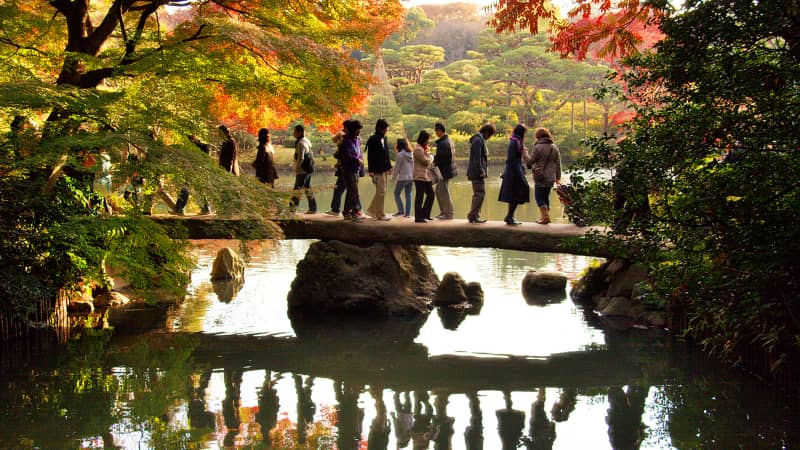
Rikugien Gardens in Tokyo are ablaza in fall color. Fall equinox is a national holiday in Japan.
courtesy Kimon Berlin
Are the Northern Lights really more active at the equinoxes?
Yes — they often put on more of a show this time of year.
It turns out the autumnal equinox and spring (or vernal equinox) usually coincide with peak activity with the aurora borealis.
So why isn’t the equinox exactly equal?
It turns out you actually get a little more daylight than darkness on the equinox, depending on where you are on the planet. How does that happen? The answer is a bit complicated but fascinating.

The evening sun shines through the autumn-colored foliage on chestnut trees on the banks of the Landwehrkanal in the Kreuzberg district of Berlin.
Stefan Jaitner/dpa/picture-alliance/AP
This bending of light rays causes the sun to appear above the horizon when the actual position of the sun is below the horizon. The day is a bit longer at higher latitudes than at the equator because it takes the sun longer to rise and set the closer you get to the poles.
So on fall equinox, the length of day will vary a little depending on where you are. Here are a few breakdowns to give you an approximate idea:
• At or near the equator: About 12 hours and 6 minutes (Quito, Ecuador; Nairobi, Kenya; and Singapore)
• At or near 30 degrees latitude north: About 12 hours and 8 minutes (New Orleans, Louisiana; Cairo, Egypt; and Shanghai, China)
• At or near 60 degrees latitude north: About 12 hours and 16 minutes (Helsinki, Finland, and Anchorage, Alaska)
